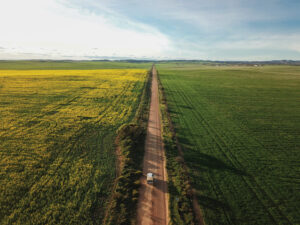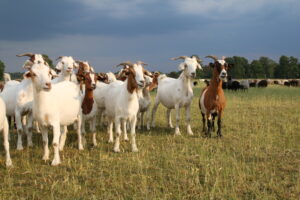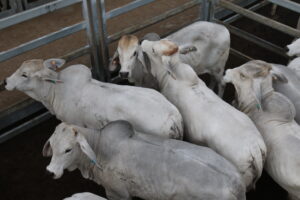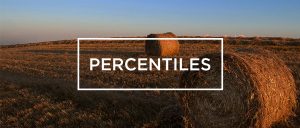Drought, destocking, and strong overseas cattle prices. The current picture of the cattle market isn’t unfamiliar, with many factors on the surface looking remarkably similar to the period just before the breaking of the 2014 drought. So can we expect a repeat of the historic rally?
Looking back to the 2013 to 2014 period, cattle prices in Australia were quite subdued on the back of drought induced turnoff. While Australian cattle markets were trending downwards, global markets moved in the opposite direction. With the US herd in a rebuilding phase and reinvigorated confidence in the economic situation, cattle prices in the US rallied to all new highs. The benchmark for global lean beef markets – the 90CL, gained over 90 per cent from mid 2013 to mid 2015.
The contrasting situation between the US and Australia saw the relationship between the 90CL and the Eastern Young Cattle Indicator (EYCI) fall away. In November 2014, the EYCI to 90CL basis reached a peak discount of 353 A¢/kg cwt or 51% (Figure 1 & Figure 2).
When the drought finally broke into the 2015 season, domestic cattle prices rallied up to meet US prices. From the low in 2013/14 to the peak in 2016 the EYCI gained 150%, which placed the EYCI at a premium to the 90CL.
In May and June this year, the EYCI has averaged a discount spread of 200 A¢/kg cwt or 30% below the 90CL price. While the current discount isn’t quite at the extreme level experienced in 2014, we can expect that when conditions improve locally, domestic prices will move back in line with the US.
A confident outlook in US cattle markets suggests that the gap is likely to be narrowed by another domestic rally. Unlike the 2014 season, the US is moving into a destocking phase of the cattle cycle. However, strong export growth and a domestic shortfall are expected to soak up the extra supply.
While the price spread between Australia and overseas markets is similar to 2014, the local supply scenario is very different now. Back in 2014, the Australian cattle herd was at 29.1 million, while the 2019 herd is currently projected at 25.2 million head. MLA is forecasting a 9% year on year drop in slaughter for 2019/20. This isn’t as severe as the 20% drop in 2015/16, however, we are coming off a low base and a period of record high female slaughter which will make the rebuild more difficult this time round.
What does this mean?
While we can’t rely on supply forecasts alone to predict where prices will go, the story does support what the global outlook suggests.
Some good rain in NSW and Queensland with enough vigour to reignite restocker demand is likely to drive the EYCI- 90CL spread back to a more normal pattern of behaviour, and quickly.
This would put the EYCI at around a 50 cent discount to the 90CL. With the 90CL currently consolidating around 700 A¢/kg CIF, an EYCI above 600 cents isn’t that big a stretch of the imagination.
This article first appeared on Farm Online

Plenty to be gained for croppers in using urea
Amid the lower grain and oilseed prices this harvest, at least some inputs have also come off their extreme highs thanks to more stability in












